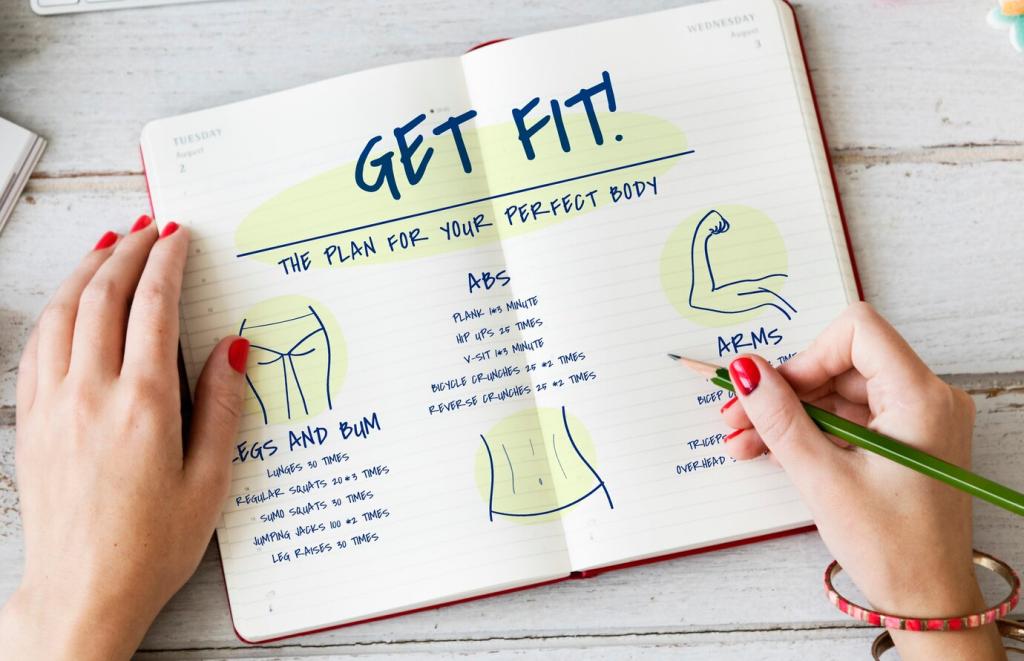Design the Mix: Strength, Cardio, and Mobility for Your Unique Blueprint
Pick a structure that fits your experience and schedule: full-body three days weekly, or an upper-lower split if you prefer shorter sessions. Choose compound lifts you can perform well, add accessories to address weaknesses, and track reps in reserve for individualized loading.
Design the Mix: Strength, Cardio, and Mobility for Your Unique Blueprint
Use a simple talk test or heart rate zones. Emphasize Zone 2 for aerobic base, then layer intervals when recovery allows. Runners might separate speed from leg days; lifters might add short finishers. The best plan balances stress with sustainable conditioning.












